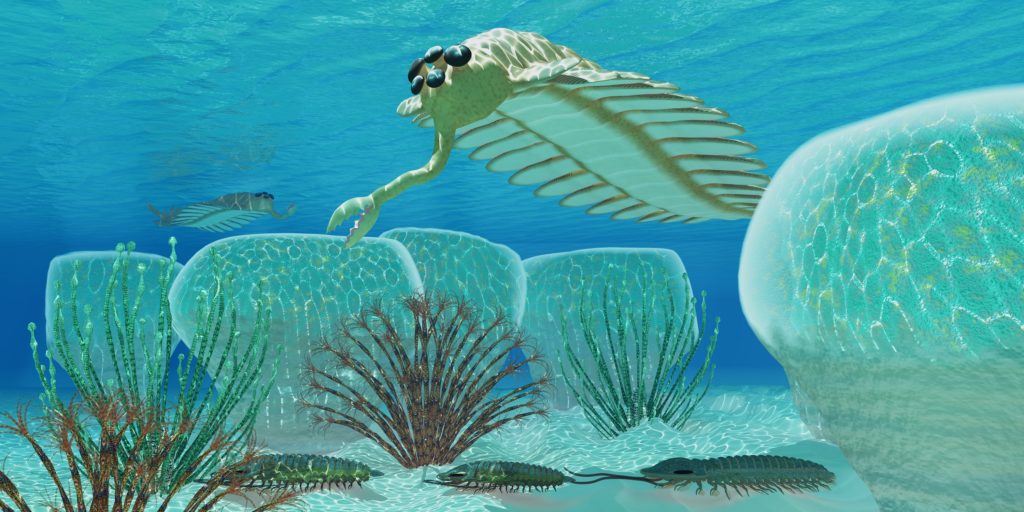It’s June! For teachers, June is a month for rejuvenation and reflection. It is also time to spend with your own children and to help peak their interest in learning. There are so many places to visit, either locally or more distant locales, that can spark interest and the desire to learn more in a more relaxed setting that at school. As teachers, we have this unique opportunity to spend time during the summer nurturing and expanding the horizons of our children. Where are you going this summer? The zoo, the national park not far from where you live? My favorite place is the Science natural history museum. There you can learn and discuss all sorts of science topics through means not typically available in the classroom. So many topics that it is not possible to view the entire museum in one day. How can you incorporate learning for your children into learning for the students in your classroom? Here are some thoughts that might spark inspiration for you.
Denver Museum
The Denver Museum of Nature and Science is my museum of choice, for it is the closest large museum to me. The fossil exhibit is set up as a walk-through geologic time. Fossils from all periods of time are on display from the late Precambrian through the Cenozoic. Perhaps my favorite section to look at is the is a wonderful section on the Cambrian fossils from the Burgess Shale formation in Canada.
This is a wonderful opportunity to discuss the progression of complexity of fossils through time. The fossils found here are the first indication of the increasing complexity of life, for these creatures were multi cellular, largely lacking in “hard parts” and were incredibly diverse in nature. Before the Cambrian, life was simple, dominated by algae, and contained little diversity. Take the time to look through the magnifying lenses to view in detail these amazing creatures. Ask your child to devise three questions that come to mind while viewing these fossils. Can you find the answers to these questions as you tour the exhibit, or is it something to research later when you return home?
Whether you tour the museum in Denver or elsewhere, think about some activities you can do with your classroom the following year that will help spark interest for your students. Perhaps take some photos if you cannot arrange for a field trip for you class. The study of paleontology is an excellent way to get students to wonder about the world of science around them. If you become inspired, so will your students. Enjoy the month.
This article was originally published at midnightstarsciencelessons.com.
